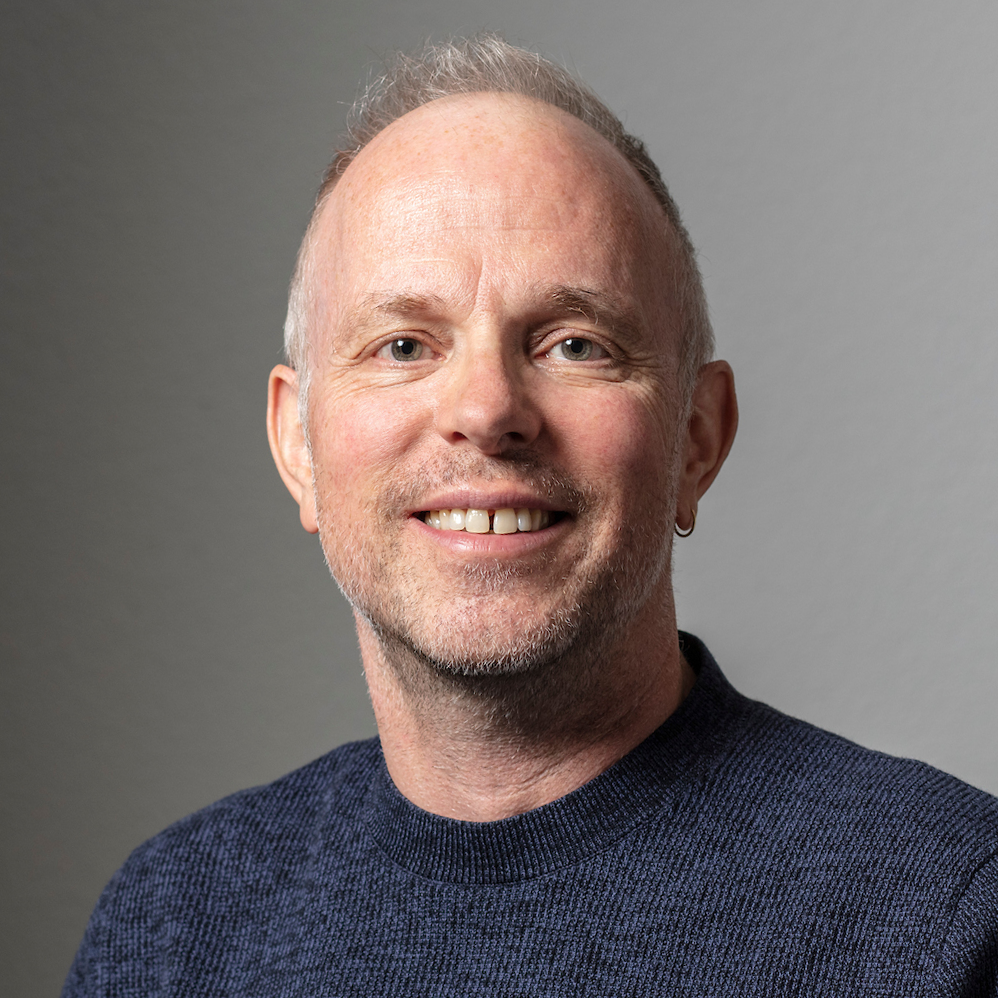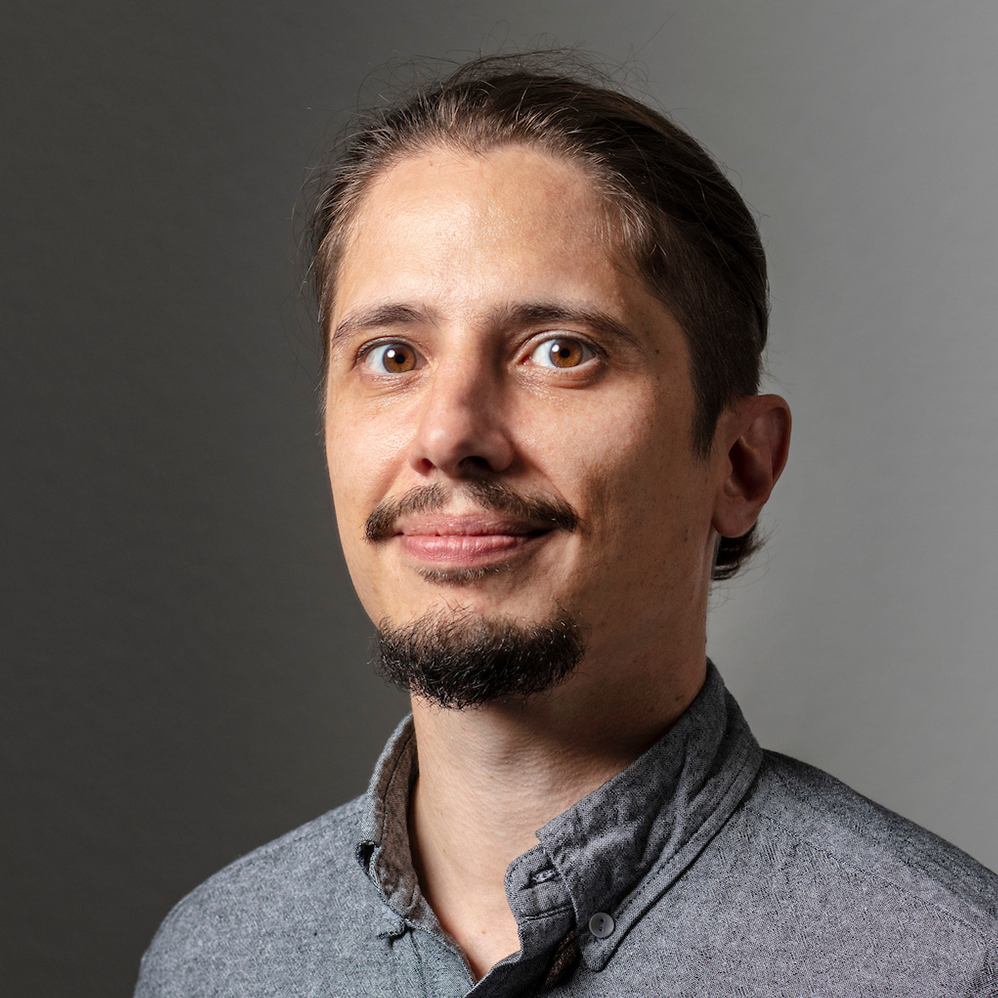
Digital architecture sets world record in Swiss Alps

A very special building was unveiled at the end of May in the village of Mulegns in eastern Switzerland: Tor Alva, the White Tower. At 30 metres, it is the tallest 3D-printed building in the world.
With a swoosh, the building was unveiled. The cover didn’t fall down as usual – a helicopter pulled the silver cloak up and flew off with it.
Thus the world’s tallest ever printed buildingExternal link, the White Tower of Mulegns, officially saw the light of day.

More
Record-breaking Switzerland: from the world’s steepest railway to the largest igloo
An industrial robot from the Swiss federal technology institute ETH Zurich had applied layer upon layer of concrete for the tower’s columns.

The principle is revolutionary: by printing a concrete structure, half the material can be saved compared to conventional concrete construction methods.
A three-metre high column can be printed in two hours, including steel reinforcement. And no formwork elements are required.
The robots applied more than 4,000 layers for the 32 individually designed columns with an internal honeycomb structure that make up Tor AlvaExternal link.

It is no coincidence that the shape of the tower is reminiscent of elaborately designed cakes, as many people from Graubünden emigrated all over the world and became rich thanks to their confectionery skills.
This video provides a good overview of the project:
Some obstacles
The opening of Tor Alva was actually planned for the end of June 2024. However, the builders had to overcome several obstacles before Economics Minister Guy Parmelin could finally inaugurate the structure.
In the beginning, the impression was that “you print out these pillars, put them on top of each other and that’s it”, Giovanni Netzer, the director and founder of the Origen cultural foundation, told SRF NewsExternal link.
This foundation initiated the construction. Origen is known throughout Switzerland as a promoter of culture and contemporary building culture and is committed to the preservation of historical substance.

According to its own description, the Nova Fundaziun Origen (Origen Foundation) is a cultural institution in the mountains. It “promotes a comprehensive theatre programme, preserves and revitalises historical monuments, invests in bold contemporary architecture, promotes original arts and crafts and is committed to a high-quality hotel industry”.
In 2018, the foundation was awarded the Wakker Prize by the Swiss Heritage Society. For the first time, this prize was awarded not to a municipality but to a foundation. Its commitment shows the economic potential that is waiting to be realised in the mountain region beyond mass tourism, the judges said.
The foundation acquired the buildings of the Post Hotel Löwe in Mulegns and the “Weisse Villa” belonging to the Jegher confectionery family in order to save them from imminent decay. The villa was moved a few metres, giving the pass road in the village a little more space.
For several years, a red and a yellow wooden tower stood on the Julier Pass, which the foundation had erected and used for the Origen Festival Cultural.
But the hurdles were much higher for Tor Alva. Changes in the technologies used led to various delays during the seven years of development, printing and construction.
The reaction of the material to the Alpine climate made additional adjustments necessary. The mountain village of Mulegns is located at 1,480 metres above sea level, not far below the Marmorera reservoir, for which the village of Marmorera was submerged in the floods in the 1950s.

Revitalising the village
For these reasons, the cost of the tower rose from CHF4.1 million ($5.1 million) to CHF4.4 million. It was financed by contributions and donations. According to news portalWatsonExternal link, however, the foundation is still looking for CHF500,000.
According to its own information, the foundation wants to use Tor Alva as an immersive performance venue. Cultural events for up to 45 people can be held in the upper domed hall of the White Tower.
Origen is also hoping to revitalise the village, which currently has 12 inhabitants. Be it through cultural events or architecture fans, who will probably increasingly make their way over the Julier Pass.
However, if you want to climb the tower, you have to pay an entrance fee of CHF100. This price includes a guided tour and public transport from all railway stations or bus stops in Graubünden.

International appeal
The building has also attracted international attention. Numerous media from various countries have reported on the tower, including business magazine ForbesExternal link, whose article emphasised the combination of state-of-the-art 3D printing technology and the tower’s cultural significance.
The German Initiative Baukunst External linkspoke of a redefinition of the boundaries of architecture. “The White Tower embodies a new aesthetic made possible by digital fabrication.” The filigree design language accentuates the interplay of light and shadow, it added.

An additional project by the Origen Foundation should ensure further appeal in Mulegns: in collaboration with ETH Zurich and partners from industry and commerce, the foundation wants to create a centre of excellence for digital construction technologies in the village.
The aim is to provide interested parties from inside and outside the construction industry with in-depth knowledge of digital construction processes. The project is currently in the conceptualisation phaseExternal link, the foundation said.

Only for a limited time
However, there is one catch regarding Tor Alva: it will be in Mulegns for only five years. The municipality’s building regulations do not provide for such buildings, which is why the Origen Foundation deliberately entered the tower as a temporary art installation, the newspaper Südostschweiz reportedExternal link.
A member of the cantonal parliament asked the Graubünden government whether this made ecological sense. According to the newspaper, cantonal president Marcus Caduff replied that this mainly depends on what happens to the tower after it is dismantled. At the very least, the client intends to reuse it and the materials used are recyclable, he said.
“Positive ecological effects are conceivable if the innovative concrete printing techniques, which conserve materials and resources, spread more quickly as a result of the project,” Caduff said.
Edited by Balz Rigendinger. Adapted from German by Thomas Stephens
More

In compliance with the JTI standards
More: SWI swissinfo.ch certified by the Journalism Trust Initiative






























You can find an overview of ongoing debates with our journalists here . Please join us!
If you want to start a conversation about a topic raised in this article or want to report factual errors, email us at english@swissinfo.ch.